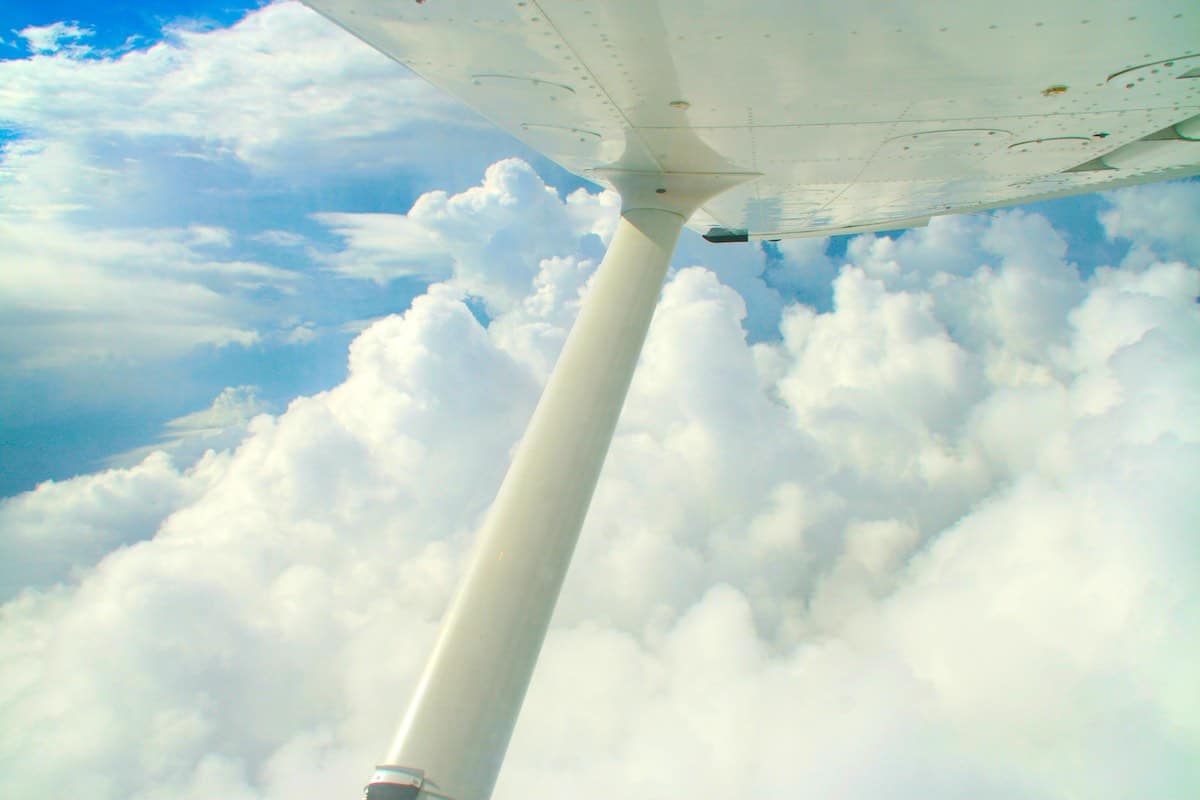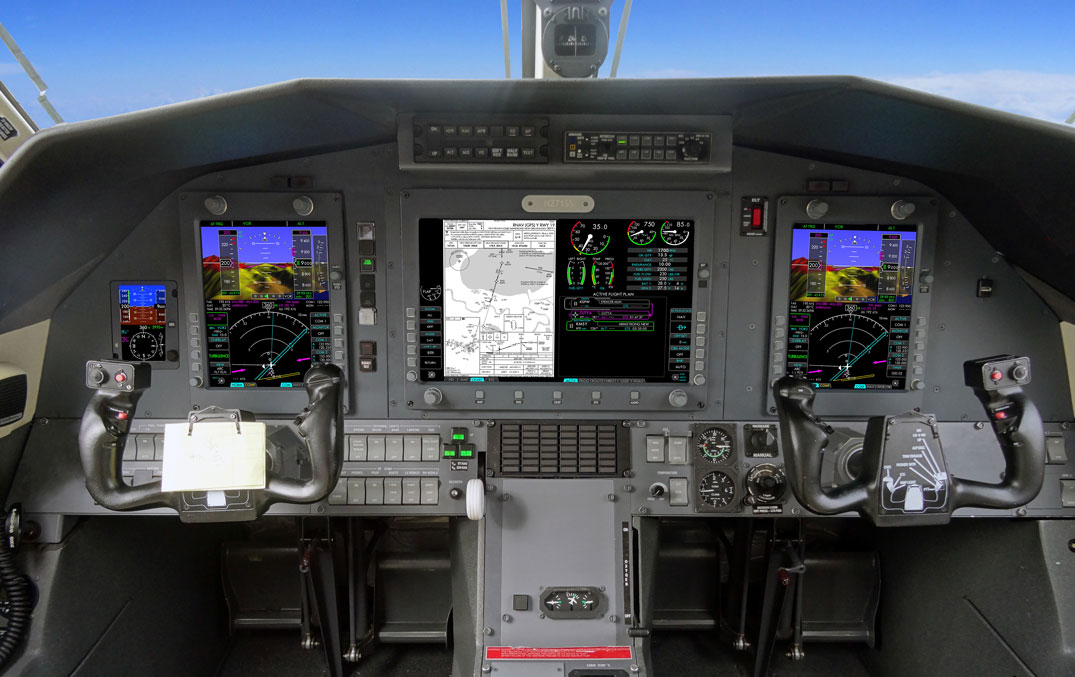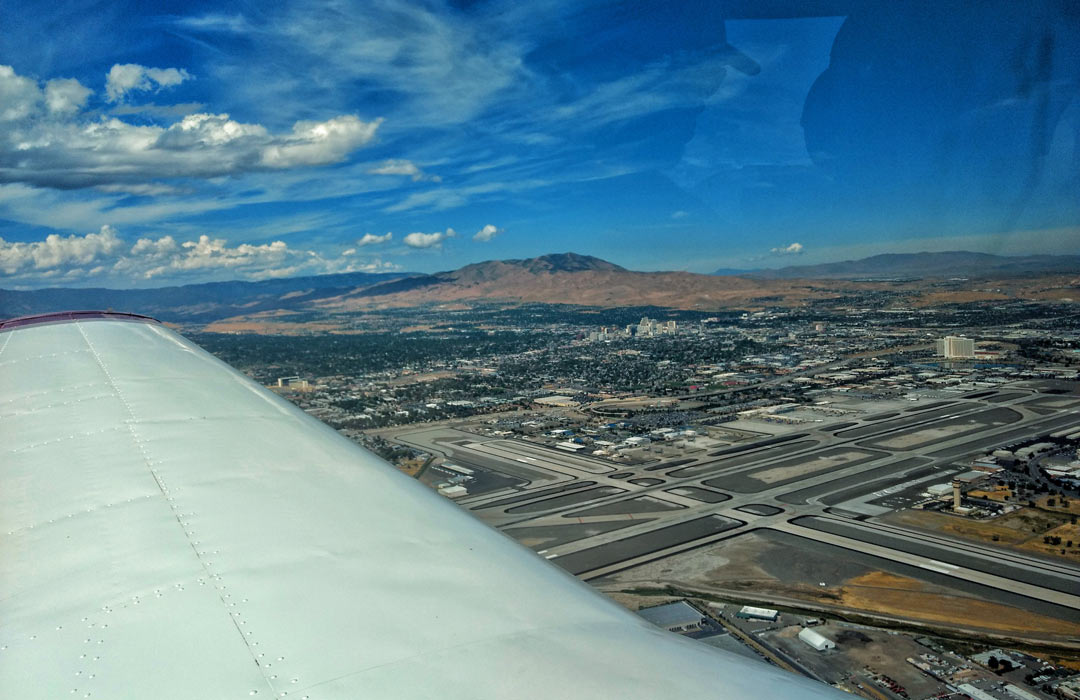A refresher on reading METARs!
With today’s cool apps like Foreflight, it’s easy to forget how to read the standard weather information in its raw form, such as the METAR, TAF, etc. I’ve heard it said that after you pass the FAA written exam, you’ll need to know this stuff less. Well, I disagree, but not on the premise that weather information is becoming more available and more detailed from many sources that do not require you to read the METAR code language. I disagree because the METAR is such an integrated part of the information required to be informed before a cross country flight. In my opinion, you will need to know and understand this in spite of what you think technology is doing for/to aviation. I also would like to throw at you that it is pretty fun to have your passenger hold the iPad with the weather up and ask: “What’s all this mean?” and to be able to read it all off with a grin stating: “It’s all pretty easy to understand once you learn the shorthand, trust me.”
I like those moments created by aviation’s rich history and all the things we had to go through to get here. I’m not a fan of flying cars that are available to everyone and automated drones flying for Amazon, and it’s because of those little moments. Talking on the radio using proper calls can be a hassle but it’s also a part of something we love, and I understand why we do it.
I digress. This article is to refresh us all on reading the METAR. It’s to help new pilots de-code the shorthand and join the ranks of pilots who love everything about aviation, even if we don’t use it all the time.
Aviation Routine Weather Report or METAR
There are two types of METAR that will be issued. The routine hourly report and a special, unscheduled report. If you look at the report and where is should say “METAR” it says, “SPECI”, then it’s identical information but it’s established not on the hour, but rather when a special observation was made about a significant change in the weather since the METAR or last SPECI was issued.
| METAR | KRNO | 210056Z | 05012KT | 10SM | -SN | BKN050 | 02/M08 | A3016 | RMK AO2 | |
| 1 | 2 | 3 | 4 | 5 | 6 | 7 | 8 | 9 |
The rest reads in the following order:
- Airport identifier (ICAO) eg., KRNO
- The time the METAR was issued in UTC (DDHHMMz)
- Wind direction and speed eg. 05012KT (some modifiers will appear such as “G” for gusting or “V” for variable eg. 18012G22KT)
- Visibility eg. 10SM (10 statute miles horizontally)
- Present weather conditions such as: light snow (-SN)
QUALIFIER WEATHER PHENOMENA INTENSITY OR PROXIMITY DESCRIPTOR PRECIPITATION OBSCURATION OTHER 5 – Light Moderate MI Shallow DZ Drizzle BR Mist PO Well-Developed Dust/Sand Whirls + Heavy PR Partial RA Rain FG Fog SQ Squalls VC In the Vicinity BC Patches SN Snow FU Smoke FC Funnel Cloud Tornado Waterspout (see note 3) DR Low Drifting SG Snow Grains VA Volcanic Ash SS Sandstorm BL Blowing IC Ice Crystals DU Widespread Dust DS Duststorm SH Shower(s) PL Ice Pellets SA Sand TS Thunderstorm GR Hail HZ Haze FZ Freezing GS Small Hail and/or Snow Pellets PY Spray UP Unknown Precipitation - Sky cover – Description of Clouds such as Broken (BKN) and height 5000 feet (050). An easy way to remember this is to remember add two zeros to the end of the number, so 120 would be 12,000 feet MSL
- This is the Temperature and Dew Point Spread. This is always in Celsius, with the first number being the OAT and the second being the dew point. In our example, the temperature fell below zero degrees Celsius so there is an “M” (minus) before the second number (02/M08). It’s +2 c in the reporting area and the dew point is -8 C.
- Altimeter/Pressure – A3016 – “A” simply stands for Altimeter and 3016 is 30.16 of mercury pressure
- This section is for Remarks (RMK) you can find remark codes here: //www.ofcm.gov/fmh-1/fmh1.htm . Ao2 means the automated station has precipitation sensors. If it were Ao1 there would not be precipitation discriminators.
Well, that’s as detailed as I think you need for getting started or refreshing your METAR reading skills. I know there is more detail that we could go into but again, this is for the student pilot, or current pilot looking to get familiar with METAR and not become overwhelmed.
For more information also see:
TAF Guide: //www.aviationweather.gov/static/help/taf-decode.php
Aviation Weather Center: //www.aviationweather.gov/adds
Wikipedia: //en.wikipedia.org/wiki/METAR















Leave a Reply